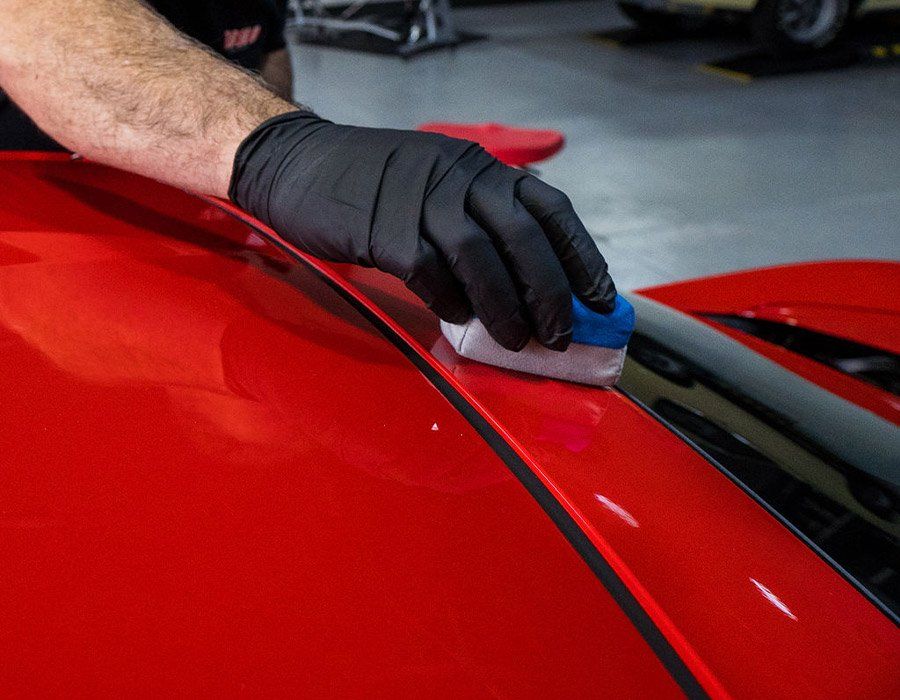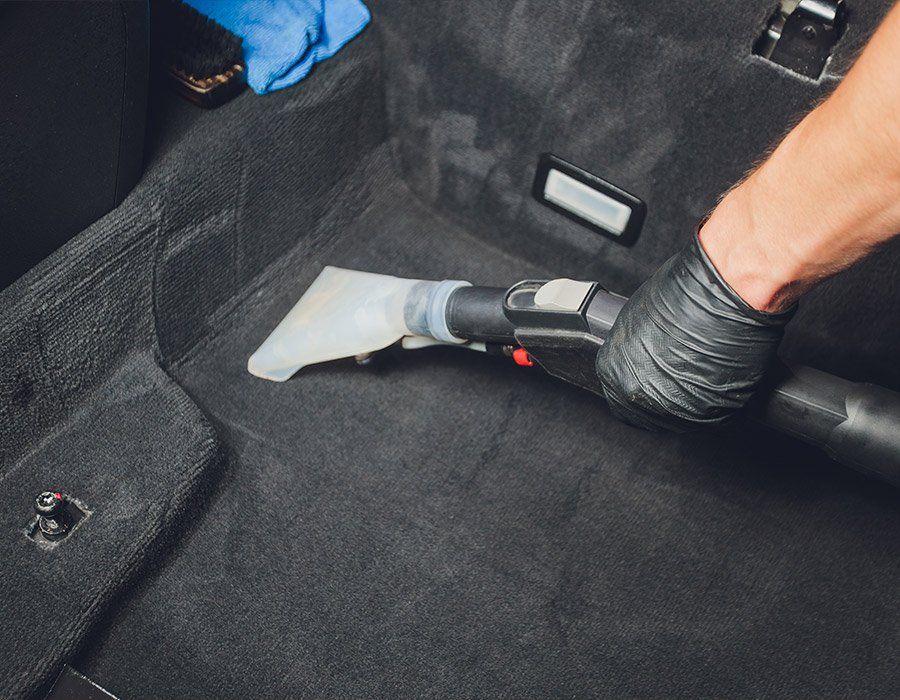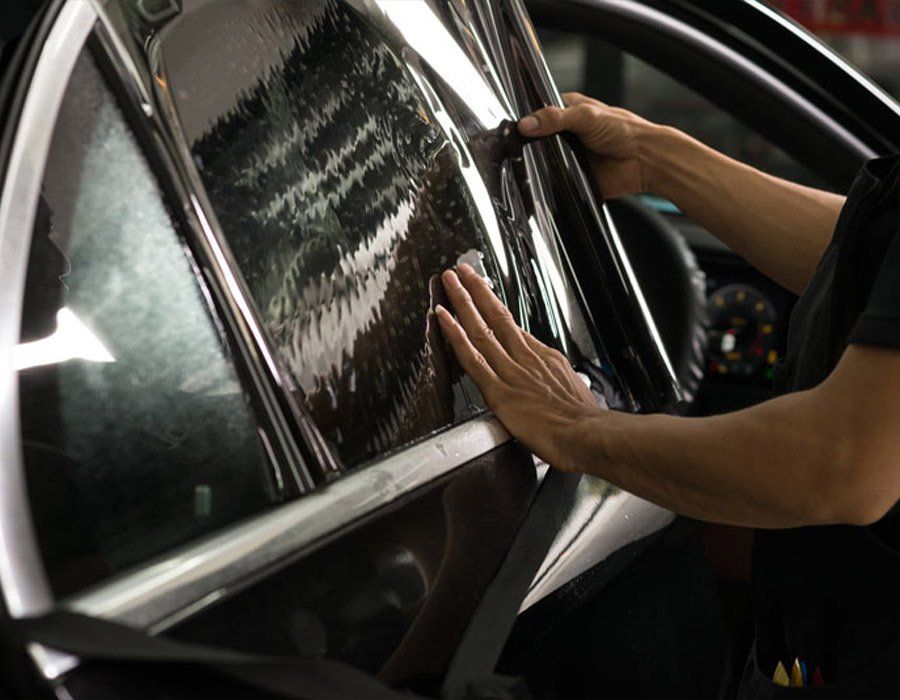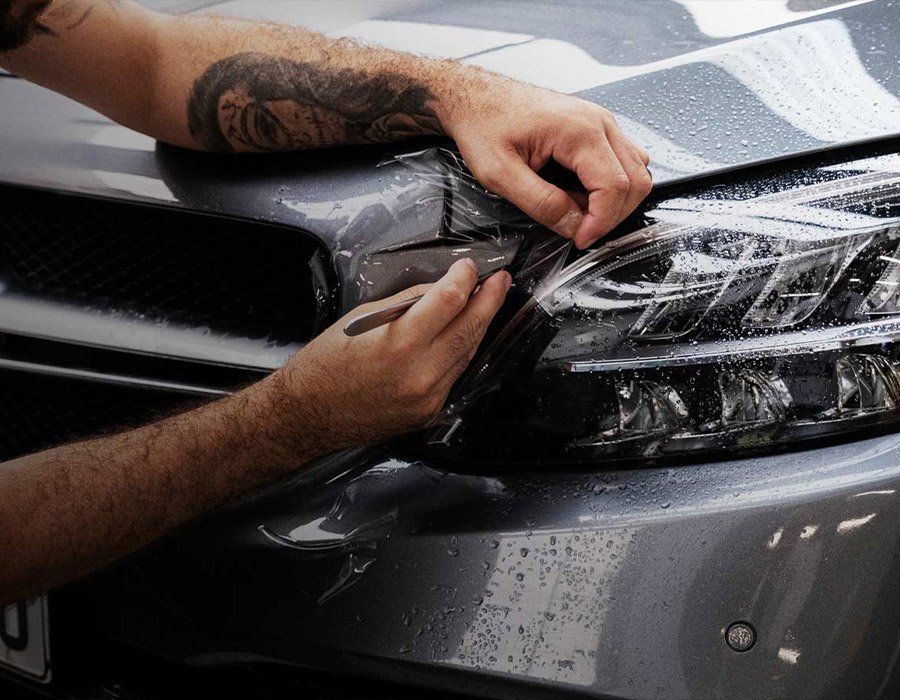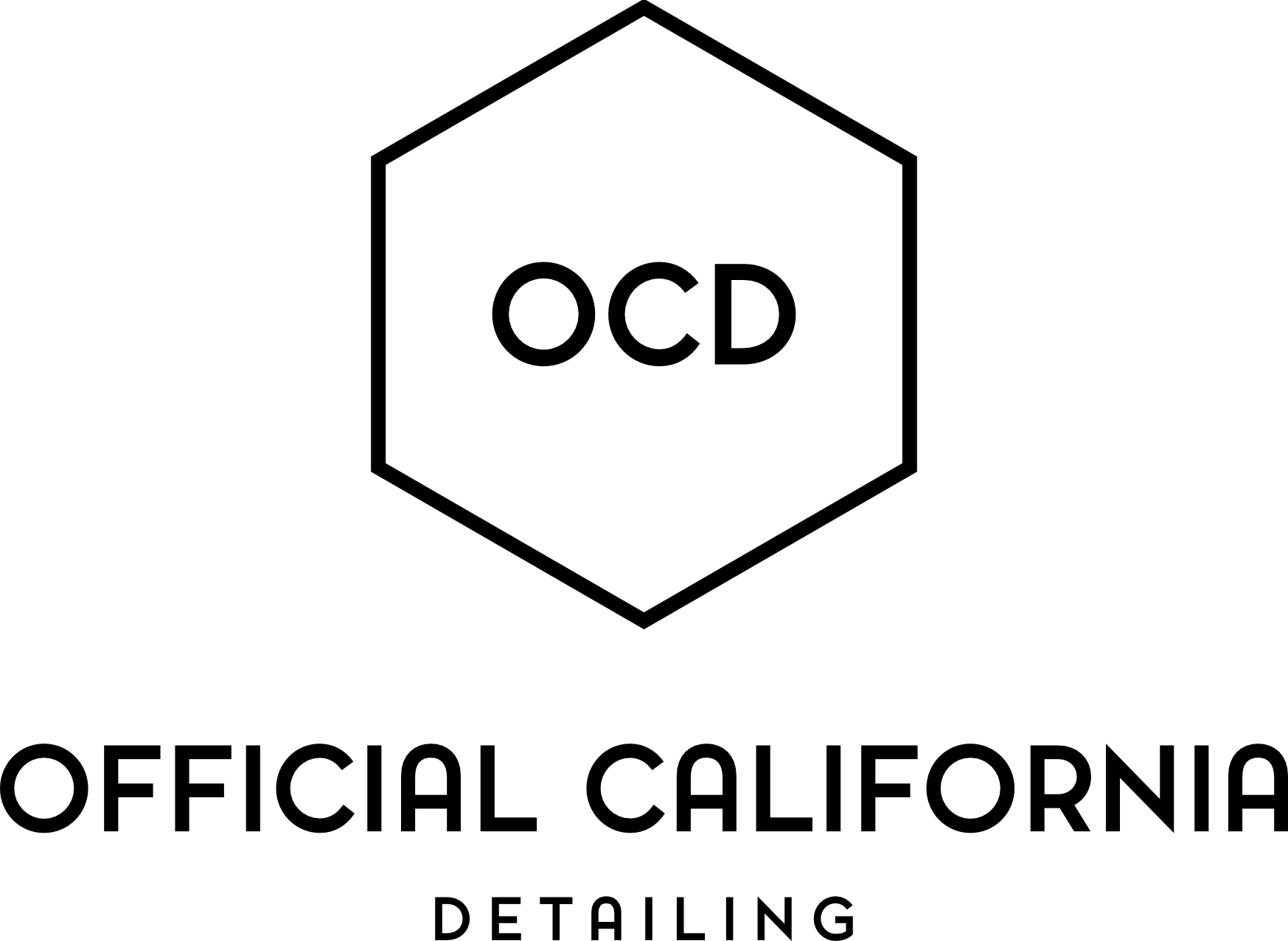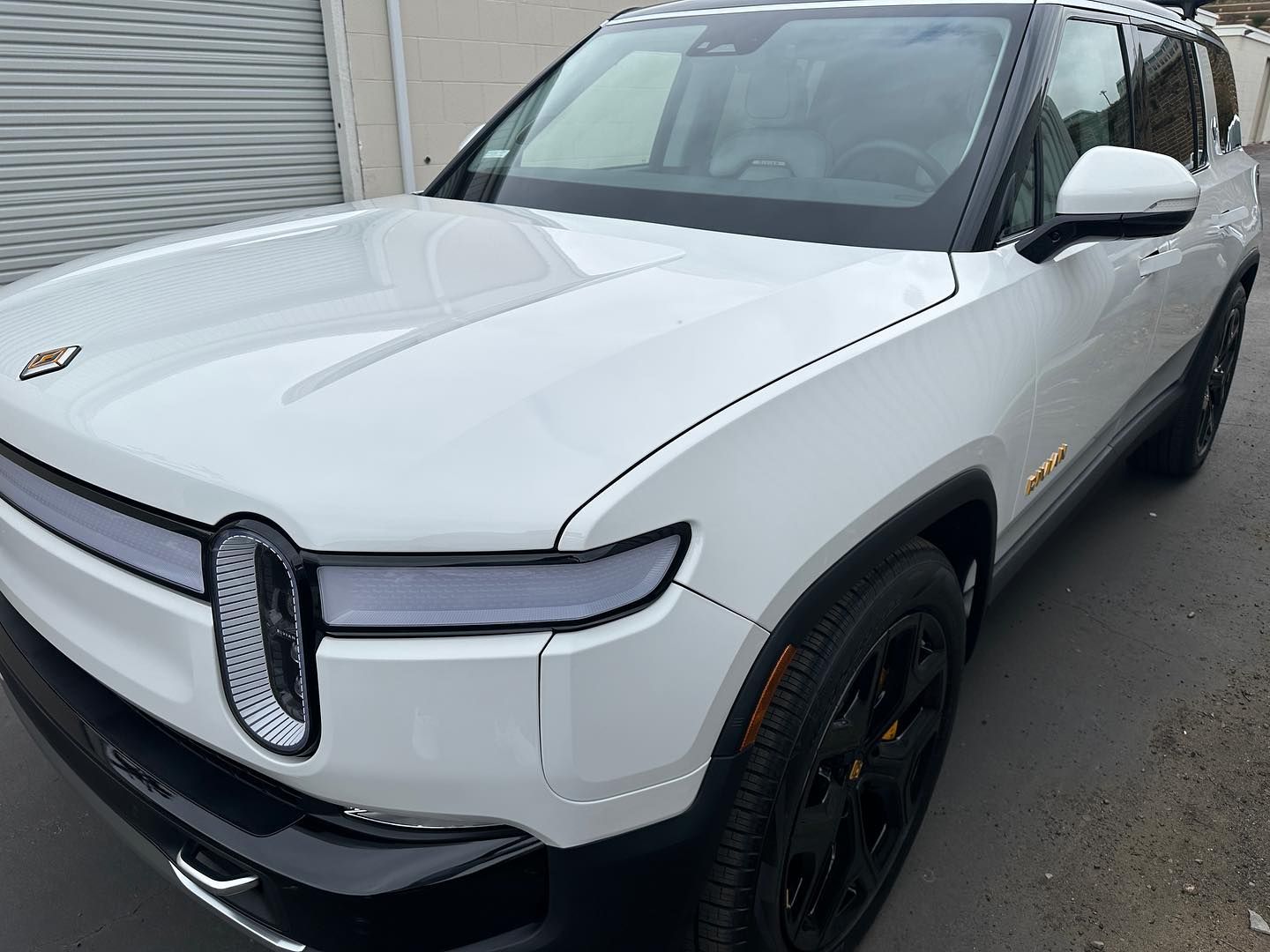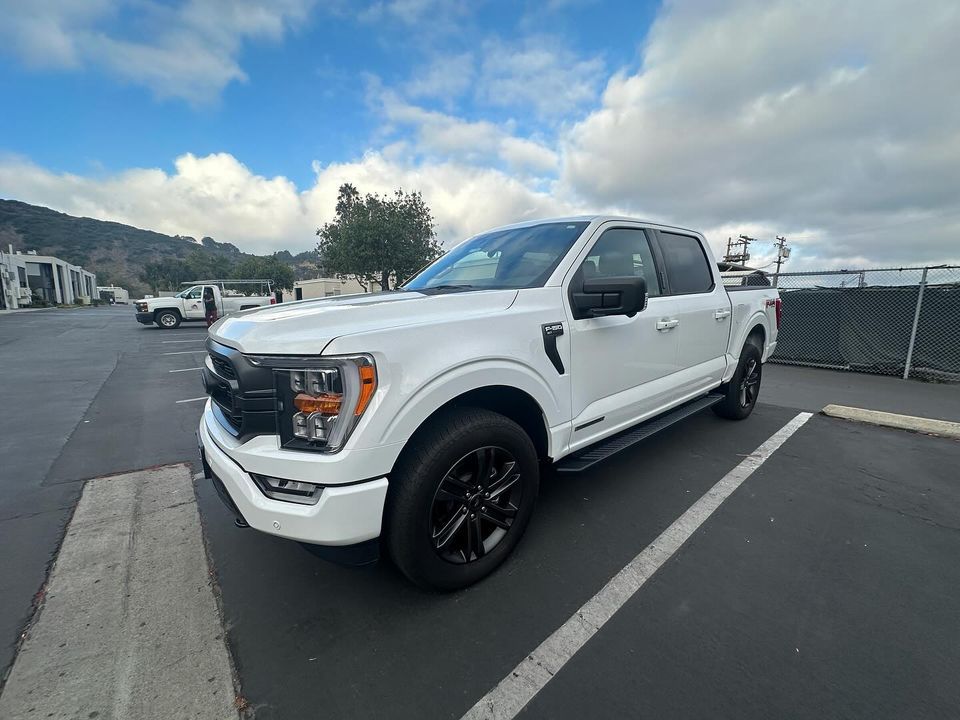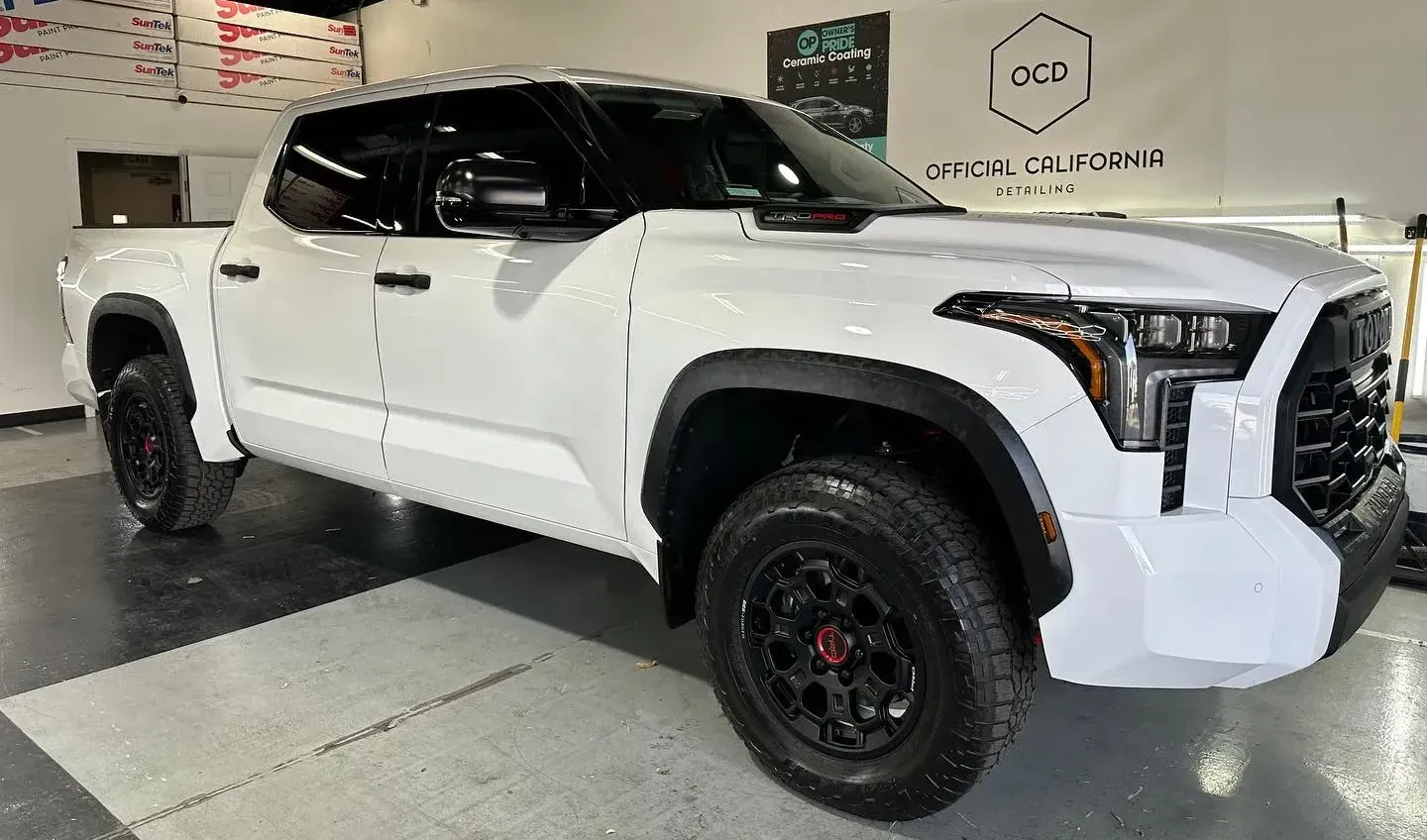Official California Detailing Blog
The Different Types of Auto Window Tinting: A Detailed Guide
(619) 760-4962 GET A QUOTE NOWDiversified types of auto window tinting exist in the market, designed distinctly for various requirements. For instance, consider a dyed window tint; it's engineered to absorb solar heat, reducing glare and enhancing comfort within your vehicle. However, like all things under the sun, there's a catch - this type of tint tends to fade over time, necessitating an eventual replacement. This unexpected subtlety is just a peek into the intricate world of auto window tinting. So buckle up! We're set for a detailed run-through of more essential facts about window tints.
The different types of auto window tinting include dyed, metalized, hybrid, carbon, and ceramic tints. Each type offers distinct benefits, such as UV protection, heat reduction, privacy, and signal interference considerations. It is essential to consult a professional window tint specialist to select the best option for your vehicle based on your specific requirements.
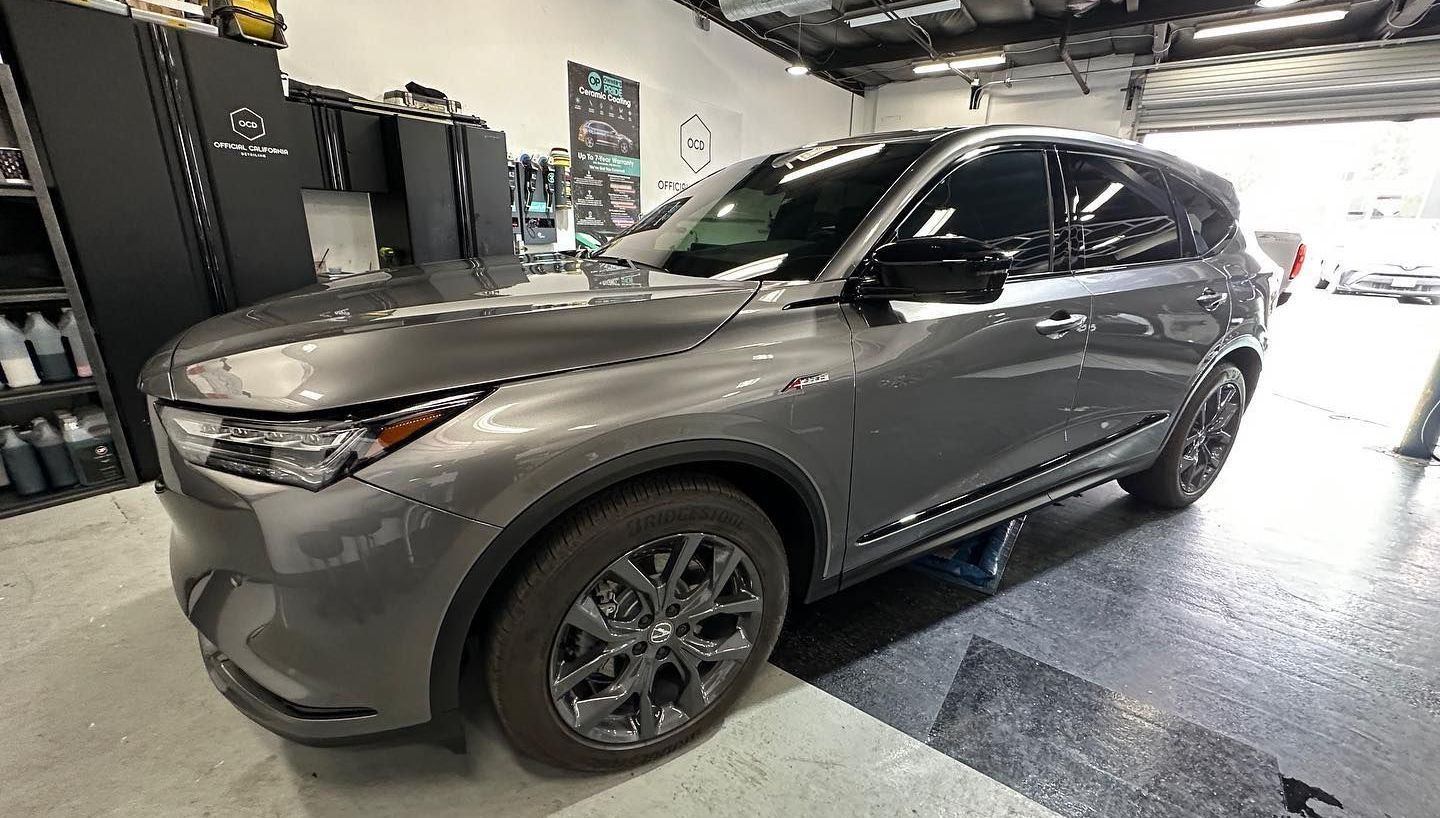
Different Types of Auto Window Tinting
When it comes to tinting your car windows, you have numerous options to consider, each with its own set of benefits and drawbacks. Selecting the right one depends on your priorities. Let’s explore the different types to help you understand which might suit your needs best.
Dyed Window Tinting
Dyed window tinting is one of the most common types and features a layer of dye sandwiched between an adhesive layer and a protective top coating. The dye absorbs solar heat and reduces glare, making it a popular choice for many drivers. However, it’s important to note that over time, dyed window tinting may start to fade, losing its effectiveness.
Metallized Window Tinting
Metallized window tinting is engineered with multiple layers, including metallic particles that reflect solar heat and UV rays. This type of tint is known for its durability and shatter-resistant properties, adding an extra layer of security to your vehicle. However, the metallic content may interfere with electronic signals such as radio or GPS reception, so seamless connectivity should be a priority consideration.
Carbon Window Tinting
For those concerned about signal interference, carbon window tinting offers a promising solution. This film does not contain metal, reducing the risk of signal disruption while remaining effective in blocking heat and UV rays. Additionally, carbon tint is renowned for its long-lasting performance without fading over time.
Ceramic Window Tinting
Ceramic window tinting is constructed using tiny ceramic particles. This type is non-conductive and doesn’t interfere with electronic signals in any way. Ceramic tint provides exceptional heat and UV rejection properties, making it highly effective in maintaining a cool interior and protecting against harmful rays.
Crystalline window tinting
Crystalline window tint is a cutting-edge tinting solution with many advantages for vehicles of any kind, from superior heat rejection and UV protection to improved visibility and aesthetic appeal, durable signal interference protection, long term reliability and reduced maintenance needs. It is an outstanding solution for car owners seeking to enhance their driving experience and protect the interior without compromising visibility. It makes a smart and fashionable statement in any setting!
Understanding the unique qualities of each auto window tinting type can guide you towards making an informed decision according to your specific requirements and preferences. From longevity to signal transparency, each variation offers distinct advantages tailored to diverse needs.
How to Choose the Right Tinting Material
Choosing the right window tinting material involves considering factors that collectively influence its overall performance and cost-effectiveness. Here’s how you can evaluate and select the perfect tinting material for your vehicle:.
Consider Your Priorities
Before delving into auto window tinting, evaluate what matters most to you. Are you primarily seeking heat reduction, UV protection, signal clarity, or increased longevity for your vehicle's interior? Each tinting material carries its own set of advantages and limitations. For instance, if preserving your vehicle's interior from harmful UV rays is a top priority, then a ceramic window film might be the ideal choice due to its exceptional UV-blocking properties.
Research Local Regulations
It's crucial to research and understand local regulations regarding window tint darkness and reflectiveness levels permitted in your area. Compliance with these laws not only ensures that you avoid potential fines but also prevents any inconvenience related to having to replace non-compliant tints in the future. Informative resources, such as local law enforcement agencies or automotive customization professionals, can provide valuable insights into these regulations.
Evaluate Budget and Long-Term Goals
Window tinting materials vary significantly in terms of initial costs and long-term benefits. While traditional dyed tints may offer affordability, they might fall short on performance and longevity compared to premium options such as crystalline films. Taking into consideration both the immediate budgetary constraints and long-term goals, investing in a high-quality window film like crystalline may prove more cost-effective in the long run by providing superior performance and durability, potentially saving money that would otherwise be spent on repairs or replacements.
By carefully weighing your priorities, researching local regulations, evaluating budget constraints, and setting long-term goals, you can make an informed decision when selecting a window tinting material that aligns perfectly with your needs and ensures maximum satisfaction.
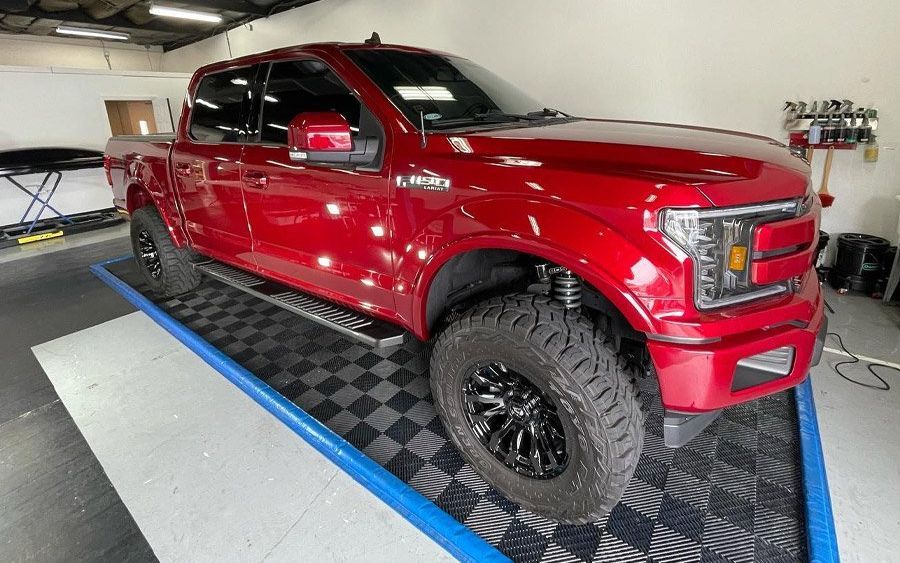
Comparison of Professional and DIY Installation
When considering auto window tinting, there are two primary paths you can take: hiring a professional or opting for a do-it-yourself approach. Each option comes with its own set of advantages and disadvantages, so let's delve into what you can expect from each.
Professional Installation
Opting for professional installation offers several advantages, with precision being the most prominent. Professionals have the expertise to ensure that the tint is applied without any imperfections like air bubbles or misalignment. Their experience enables them to assess your specific needs and select the right type of tint for your vehicle, ensuring a perfect result.
Moreover, professional services often come with warranties, providing added confidence in the quality of their work. In case there are any issues with the application, you can count on their support to rectify the situation.
DIY Installation
On the other hand, considering a DIY installation grants you more control over the process and might seem more cost-effective upfront. However, this route demands meticulous effort, as even minor mistakes can result in an uneven finish or compromised functionality of the tint.
It's imperative to note that a poor DIY application can lead to peeling, discoloration, or distortion of the film, affecting not just the aesthetics but also the overall performance of the tint.
Careful consideration should be given when choosing between professional and DIY installation methods. While DIY may be appealing for those with a flair for hands-on projects and tight budgets, professional installation ensures a flawless finish backed by expertise and warranty protection.
Understanding Local Regulations on Auto Window Tinting
In every locality, specific regulations govern the darkness and reflectiveness of car windows. These laws can differ significantly from one area to another, so it's crucial to understand the exact requirements in your region before selecting a window tint.
These regulations primarily revolve around darkness limits and reflectiveness criteria. Darkness limits determine the amount of light that can traverse the tint, indicating the permissible level of tint opacity. Reflectiveness criteria outline the allowable degree of reflectivity in the tint, ensuring essential visibility for law enforcement and emergency responders under varying lighting conditions.
Non-compliance with local regulations can result in severe consequences such as fines, penalty fees, or even mandates to remove the tint entirely. Therefore, it's paramount to verify and adhere to these rules when enhancing your vehicle's windows with tint.
Some laws may stipulate different darkness levels for various windows in your car. For instance, the front side windows might be required to have less tint than the rear ones. This is because compromised visibility through specific windows poses a hazard, particularly at night.
Many states also mandate stickers indicating whether your car window tints comply with the law. These stickers serve as a useful reference for you and for law enforcement in case there are any questions regarding the legality of your tint.
Therefore, invest some effort into researching what is permissible in your location. Doing so could save you money, augment your safety, and, most importantly - ensure compliance with the law!
Final Words
Finding the ideal auto window tinting requires knowledge of all available tint types, shades and levels of durability. Each tint type offers various advantages ranging from increasing privacy and security to UV protection and heat reduction; dyed, metalized carbon or ceramic tints should all be carefully considered in order to find one that best matches your needs and preferences for optimum vehicle performance.
At Official California Detailing, we offer an impressive selection of premium window tinting solutions to meet every need and desire. Our professional team is on hand to guide your selection and help you find one that combines performance, style, and longevity, ensuring the optimal window tint for you!
Are you ready to upgrade your vehicle with professional window tinting solutions? Reach out today and
schedule an appointment; experience what professional tinting can make!
